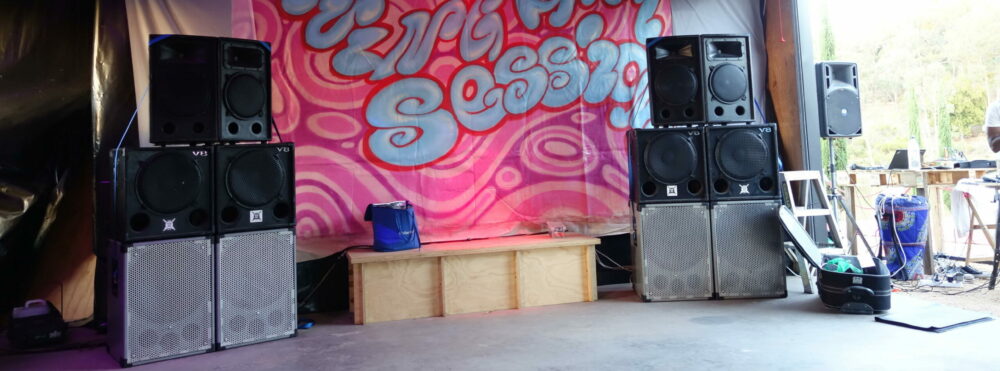I wanted to try some different waveguide options besides the FaitalPro LTH142 before I start making enclosures – and noticed the Pyle PH916 was a quite decent looking, inexpensive, candidate – but very little information about people using it at all on the web, unlike lots of other waveguides. But it is sold as a constant directivity waveguide, and in fact the waveguide I use in my Econowave speakers is a smaller model from Pyle so I gave it a try.
The shipping costs when ordered alone from Parts Express to Australia are quite high, but I noticed it was available on the Amazon website with much cheaper shipping, so I ordered it from there. I was suprised they offered shipping to Australia, but apparently they do now.
The waveguide does not seem as well made as the FaitalPro one, and is all plastic where the FaitalPro has metal reinforcement at the base where the compression driver bolts on, but it is made well enough for it’s purpose. It does seem a bit rough around the “mouth” and I think I’ll smoothen some spiky bits that seem artifacts of the moulding.
But it does seem to sound better, and measure better. In fact, for “head on” (no off axis directivity measurements yet), it doesnt have the 15khz dip that the FaitalPro LTH142 has. This is quite interesting.
For starters here is a measurement of the LTH142 horn + HF144, from 1M away, smoothed to 20/octave. Unless stated otherwise all other measurements will be done this way. Room effects take over at about 700hz so disregard the frequency response below there.
Crossover is at 500hz, using LR24db. One plot is with the miniDSP parametric EQ to flatten the response as much as possible, the other with no EQ. The 15Khz “notch” is quite visible – and would be even deeper with no smoothing applied:
Next is the same measurement, but with the Pyle PH916 (with and without EQ) – no 15Khz notch, in fact smoother abobe 10K. The Pyle tails off lower at the higher frequencies so I had to add about 3 or 4dB of extra EQ to compensate, but barring the notch I got the frequency response almost identical when measured from directly in front:
Lorantz woofer and Pyle waveguide: this is a BIG waveguide!
Just having a listen to music on this and I think it sounds substantially better. Now I need to do some measurements from different angles to get a handle on the directivity..
Also one of the waveguides seems to have a gap or space where the waveguide meets the body of the compression driver, maybe bolting it on differently will help here?
The Pyle specs state this is usable down to 1000hz but I am crossing over at 500hz, so it will be very interesting to see what it is doing in the 500-100hz region where I’m running it outside of the manufacturers recommendations.
Frequency response with holmimpulse gating in place instead of simple smoothing:
The MiniDSP EQ parameters I’m currently using to try and keep this flat – this is a rough first try:
closeup down the throat showing where it is not quite lined up on the left waveguide with the compression driver opening, it seems off centre. I’ll try rebolting that on from the other way to see if it helps?
More measurements to come: but so far I consider this an improvement to the sound.
